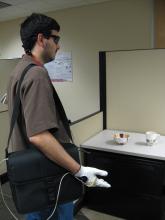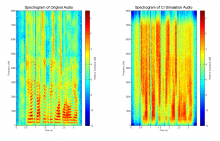
Dr. Sethuraman "Panch" Panchanathan
Position
Department
Research Profile
In June, 2020, Sethuraman “Panch” Panchanathan was appointed by U.S. President Donald Trump as Director of the National Science Foundation. Panch previously spent more than 20 years in leadership positions at Arizona State University, including service as Executive Vice President of ASU’s Knowledge Enterprise and Chief Research and Technology Officer for ASU. He is officially on an extended leave of absence from the university as he devotes his time to advancing the U.S. science and technology agenda on a national and global scale.
Publications
Projects
Surgical training typically involves training by performing procedures on synthetic bone models. The bone models used in training are prone to significant wear and tear. This coupled with the lack of cheap yet high quality models affect the quality of the training itself…
Prosopagnosia is a condition where individuals with otherwise normal vision are able to see faces, but cannot recognize faces. A major study in Germany (Kennerknecht 2006) reported that a congenital (inherited) form of prosopagnosia occurred at a rate of 2.5% in a sample…
Humans have the uncanny ability to estimate how an object feels in terms of its shape, size, texture, material, etc., entirely from its visual image. From a biological standpoint, algorithms that estimate haptic features from images mimic the human ability to transfer…
People with auditory disabilities are at a disadvantage due to their inability to access the details of their surroundings conveyed through sound. Though a cochlear implant can empower a person to interact socially, it lacks an adequate resolution to provide the rich…
The emergence of inexpensive and unobtrusive physiological sensors has widened the application of physiological sensing to newer and innovative areas including human-computer interface, proactive human health monitoring, emotion recognition, activity recognition and many…







